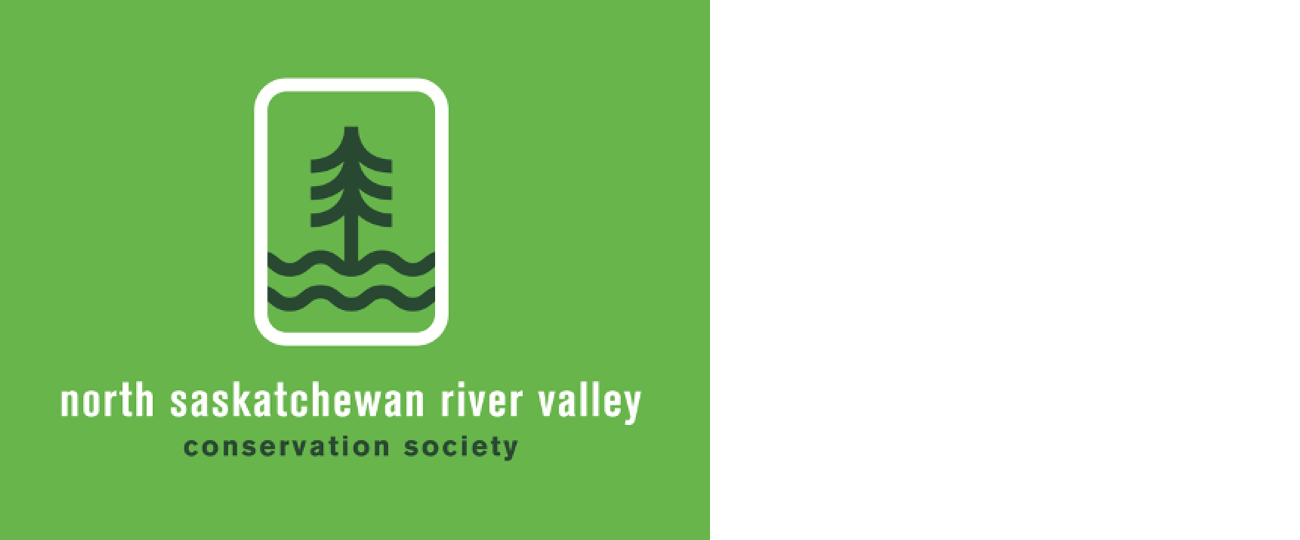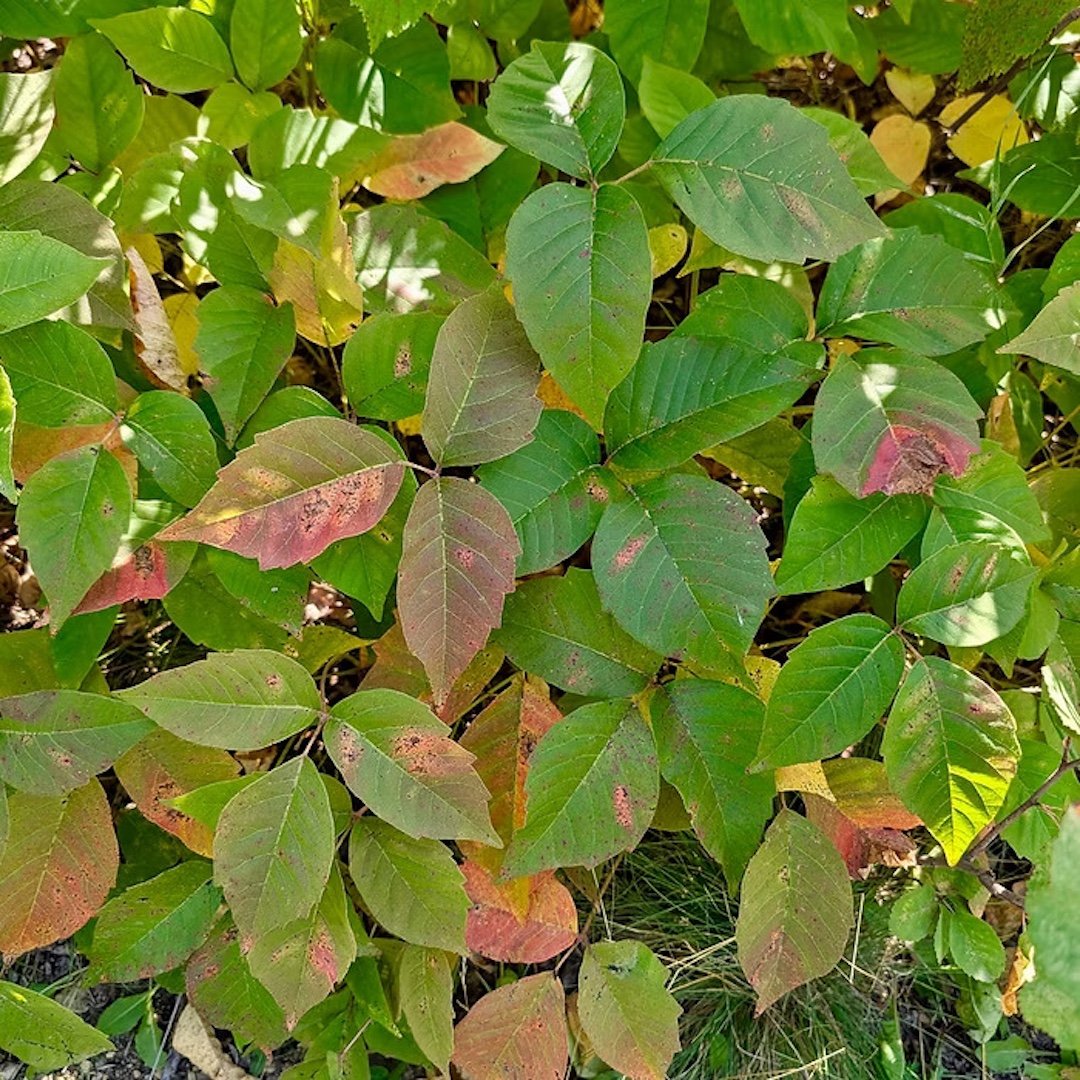Brennan residence the 190th historic resource property in Edmonton
The Brennan Residence was constructed in 1921 and purchased by James Edmond Brennan, then a clerk at Devereaux Hardware, and his wife Ina. The couple lived in the home for 64 years. The house is one of the few homes in Glenora which faces Stony Plain Road and is now the 190th property to be designated as a Municipal Historic Resource in Edmonton since 1985.
The residence is an early and modest example of the Arts and Crafts style of architecture that became popular in the 1910s and 1920s. The home features this style through its brick and shingle exterior, front-gabled projection and single and double assembly multi-light windows, which permit light to flood the interior.
While continuing to work on heritage designations, the City’s heritage planning team is working on a new city-wide heritage initiative called the Heritage Places Strategy. The strategy, which will replace the existing Historic Resource Management Plan, will reflect a wider lens of Edmonton’s history and address important issues like climate adaptation and how best to preserve heritage in a densifying city. https://www.edmonton.ca/city_government/edmonton_archives/historic-resources
Four nêhiyawêwin words to carry with you during the winter season
Tracey Roland photo
Below, Jacquelyn Cardinal shares with us some nêhiyawêwin (Cree) words that relate to winter and the deep connections that Indigenous peoples have with the land.
A different language is much more than just a different way of saying something. It carries different perspectives and hints at the values of the culture it comes from. Winter is traditionally a time for storytelling for our people. As we leave the last days of this season behind, we wanted to draw on that tradition and share nêwo or “four” nêhiyawêwin words and their stories with you.
The nêhiyawêwin word for “the last winter storm” is kewetin (ᑫᐁᐧᑎᐣ, keh-weh-tin) which has the root words of kiwe, meaning “go home”, and yôtin, meaning “wind”. This last snowstorm marked the transition between winter and spring, and signalled the start of the time for nehiyaw (Cree) people to travel home from winter encampments. When the final snowfall in Edmonton this spring descends, remember to practice your new word: kewetin.
kôna (ᑰᓇ, Koo-nah) means “snow”. It shares the root of the words kunatun and kunata’tisewin which are all words that mean, “clean, sacred, and pure.” kôna is also closely related to the word kânata which is the inspiration for the name of our country – a clean, sacred, and sometimes a very snowy place.
If you need to warm up, it’s always nice to have some iskotew (ᐃᐢᑯᑌᐤ, Is-koh-teh-yoh) or “fire” nearby. iskotew has the root words otêh, which means “heart”, and iskwêw, which means “givers of life”. These root words share that for the nehiyaw people, the traditional keepers of that fire at the heart of our lodges were our mothers and grandmothers.
The nêhiyawêwin word for “city” is ôtênaw ( ᐆᑌᓇᐤ, oo-tee-now) which has the root words of otêh, which means “heart”, and ôta, which means “here”. These hidden teachings share the true definition of ôtênaw to be the “heart of the people” or “where the people are”. https://www.wintercityedmonton.ca/nehiyawewin-a-song-from-the-land/
How to spot the difference between poison ivy and wild sarsaparilla
M. Parseyan photo
Western poison ivy (toxicodendron radicans) and wild sarsaparilla (aralia nudicaulis) are both native to the Edmonton area. These two plants have obvious similarities but should be carefully distinguished because poison ivy can cause a nasty case of dermatitis if cut surfaces of the plant come in contact with skin. Fortunately, there are plenty of differences between these two species, allowing for correct identification.
Wild sarsaparilla is an extremely common plant throughout the wooded areas of Alberta. Its leaves are twice compound, consisting of three stalked divisions which are then further divided into five (occasionally three) leaflets. The leaflets are somewhat narrower than those of poison ivy, pointed and toothed. The flowers are characteristic “balls” of greenish-white flowers on separate stalks from the leaves, and the fruits are loose clusters of blackish “berries.”
Western poison ivy is much less common, with a scattered distribution in Alberta which may have something to do with accidental human introduction. It occurs in more open areas than wild sarsaparilla and is often associated with water (on well-drained soils), although it can also occur in open woods. Several populations are established in Edmonton’s river valley system.
The plant forms dense patches by means of runners (stolons). The leaves are singly compound, divided into just three leaflets which are ovate or rhombic-ovate, and irregularly toothed or not toothed. The dense clusters of white flowers forming similar clusters of white, smooth fruits, do not seem to occur commonly among local populations. https://www.enps.ca/post/poison-ivy-vs-wild-sarsaparilla
Dark Days At Noon: The Future of Fire
NSRVCS invites you to a special online presentation by Edward Struzik, titled Dark Days At Noon: The Future of Fire, on Monday, March 10, 2025, from 5:30 to 6:30pm.
In the summer of 2024, the town of Jasper was ravaged by a wildfire of unprecedented scale. Crews report witnessing 300-to-400-foot flames that forced them to flee from harm’s way. One-third of Jasper’s buildings were destroyed.
If a fire can burn the town of Jasper in a national park that has diligently prepared for fire, what does the future hold for hundreds of small boreal forest towns across the country that do not have the means, know-how or resolve to accept that fire will come someday. And what does it mean for large cities like Edmonton, which has the largest urban forest in North America?
Edward Struzik is a fellow at Queens Institute for Energy and Environmental Policy in the School of Policy Studies at Queen’s University and a regular contributing writer to Yale Environment 360, an international on-line magazine published by the Yale School of the Environment. He is the author of two books on wildfire. Firestorm: How Wildfire Will Shape Our Future (2018) and Dark Days At Noon: The Future of Fire (2023).
Registrants will be sent the Zoom link on Friday, March 7. Please RSVP to nsrivervalley@gmail.com
North Saskatchewan river finally busts the myth that lakes are superior
Norma wrote “I am surprised to read anyone considers lakes are superior to rivers. Having been raised on the Pembina River and having visited some Alberta lakes, it is obvious the rivers are cleaner. There may be some lakes in some countries that are superior but not here.”
Northern Saw-whet Owl submitted by Maureen Elhatton
“On this frosty Family Day, I noticed this Northern saw-whet owl sheltering in my front yard.”
Comment or Contributions
Please note articles may not reflect the position of NSRVCS. River Valley News is meant to be a clearinghouse for the variety of opinions and ideas about Edmonton’s River Valley.
Email river valley photos, event information, comments, or questions to nsrivervalley@gmail.com
Forward this link to anyone you think may want to sign up for this newsletter https://www.edmontonrivervalley.org/newsletter-signup
















